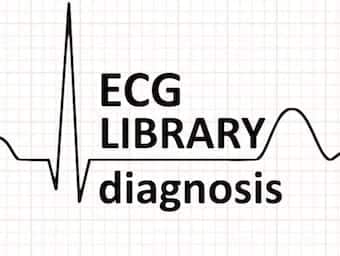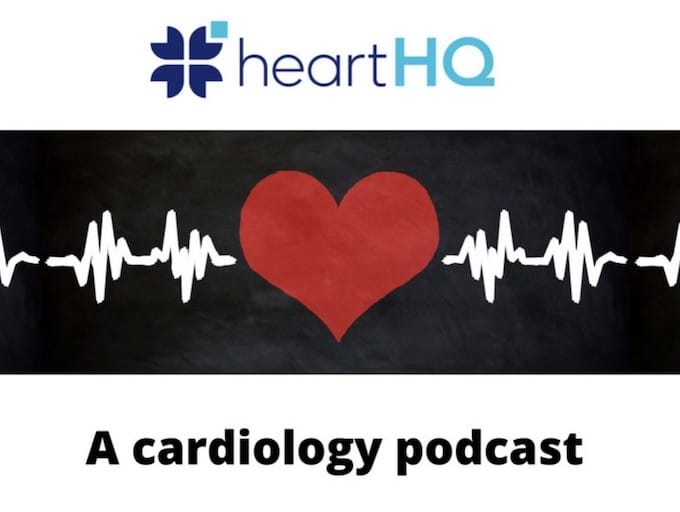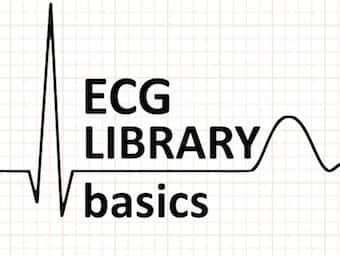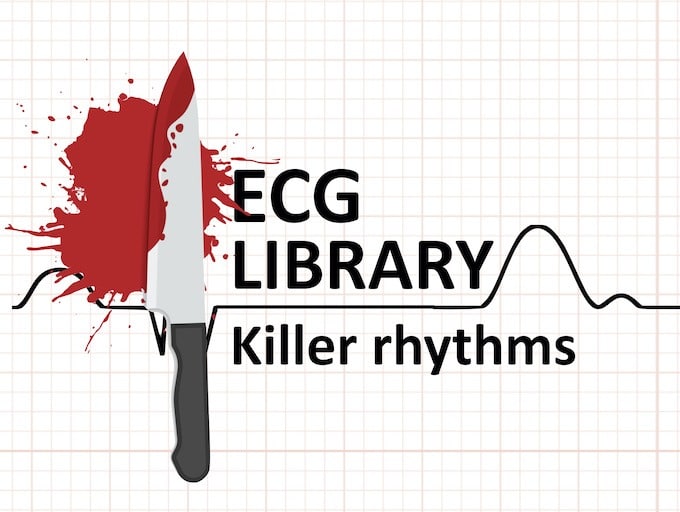
Atrioventricular Re-entry Tachycardia (AVRT)
Tachyarrhythmia that occurs in patients with accessory pathways, due to formation of a re-entry circuit between the AV node and accessory pathway

Tachyarrhythmia that occurs in patients with accessory pathways, due to formation of a re-entry circuit between the AV node and accessory pathway

Heart HQ - Episode 6: GP Education Conference at the beautiful Novotel Twin Waters Resort on the Sunshine Coast on Saturday 23rd October.

Heart HQ - Episode 5: TAVI. We discuss Transcatheter Aortic Valve Implant (TAVI). Traditionally, open heart surgery has been the main treatment option for aortic stenosis

Heart HQ - Episode $: TAVI. We discuss Transcatheter Aortic Valve Implant (TAVI). Traditionally, open heart surgery has been the main treatment option for aortic stenosis

First reported by de Winter in 2008, the de Winter ECG pattern is an anterior STEMI equivalent that presents without obvious ST segment elevation

Heart HQ - Episode 3: Valve-in-Valve Transcatheter Aortic Valve Implantation (ViV TAVI)and Cardiovascular Disease in women

Sir Peter James Kerley (1900-1979) was an Irish radiologist. Kerley was widely published including describing (but not naming) his eponymous lines firstly in 1933 and then in again his textbook in 1950, and widely about TB diagnosis. Kerley lines A, B and C

Heart HQ - Episode 2: Wolff-Parkinson-White (WPW) Syndrome, myocarditis and COVID 19 Vaccines

Robbert J. de Winter (1958 – ) is a Dutch Professor of cardiology. Eponym: de Winter T wave - a new ECG Sign of Proximal LAD Occlusion

Heart HQ - Episode 1: Heart HQ celebrates World Heart Day by launching a podcast. We talk about Left Atrial Myxoma and Coronary Artery Calcium Scoring

The average Emergency Clinician is interrupted every 6 minutes. When busy, it can be tempting to quickly “sign off” an ECG. These are the patterns not to miss.

A 40 yo man is admitted with lobar pneumonia. He develops new atrial fibrillation with rapid ventricular response; becomes hypotensive and increasingly dyspnoeic.